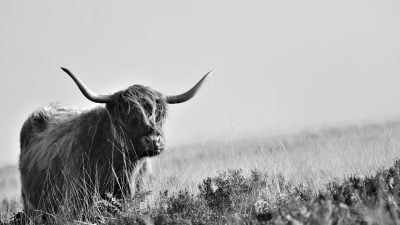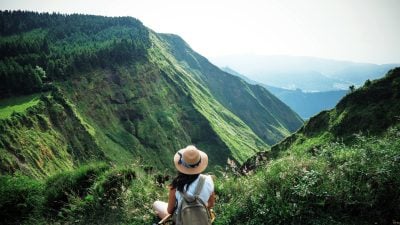Home / UK & Europe / Four Unusual Additions to Your…

Four Unusual Additions to Your European Vacation
Visit unusual and different destinations, Andorra, Faroe Islands, Liechtenstein, or Monaco by adding one of them to your trip to Europe.
Andorra, Faroe Islands, Liechtenstein, Monaco. All these four small but fascinating destinations can be added on to your European tours. Heading to Spain or France? Include Andorra. Curious about the Faroe Islands? Visit after your trip to Iceland or Scotland. Want to add a country to your trip to Austria or Switzerland? Try Liechtenstein. Visiting the French Riviera? Make sure not to miss Monaco.
Here are some facts about these four countries. Andorra is an independent country sandwiched between France and Spain in the Pyrenees Mountains. The Faroe Islands have been a self-governing country within the kingdom of Denmark since 1948 and are located between Scotland and Iceland. Liechtenstein is a monarchy which is sandwiched between Switzerland and Austria. Monaco is another monarchy geographically within France.
Andorra
Andorra is a landlocked country microstate, only a couple of hours drive from Barcelona. Its capital, Andorra La Vella, is the highest European capital in elevation. The population is around 85,000 and the main language spoken is Catalan. It is a shopper’s paradise because it has the lowest value-added tax in Europe.
There is no doubt the number one attraction on Andorra vacations is its scenery, given that it is in the heart of the Pyrenees mountains. Everywhere you look, you will be rewarded with awe-inspiring views of snow-capped peaks and sparkling blue lakes. Andorra is home to three Natural Parks – the Valle de Sorteny, Madriu-Perafita-Claror, and the Valles del Comapedrosa. Madriu-Perafita-Claror is the biggest of the three – covering 9% of the country – and is Andorra’s only UNESCO World Heritage site, awarded because of its uniqueness. It is a glacial valley that serves as a haven for many endemic species including golden eagles, bearded vultures, lizards, foxes, and even wolves and bears. It is considered a spiritual place for the locals.

Naturally, Andorra has excellent ski resorts. The largest ski resort in Andorra is Grandvalira, boasting 128 slopes of all levels from those for beginners to steep and challenging slopes for ski experts. There are only a few countries in the world where you can stay in a hotel made of ice and snow, and Andorra is one of them. The Iglu Hotel is located here and has five rooms made entirely from ice and snow as well as a restaurant, spa, living rooms, and a warm room. Beds are covered in soft furs to keep you warm.
Andorra is home to Europe’s largest mountain spa called Caldea Spa, which is fed by natural hot springs and features a large lagoon as well as Turkish baths, hydro-massage pools, and saunas.
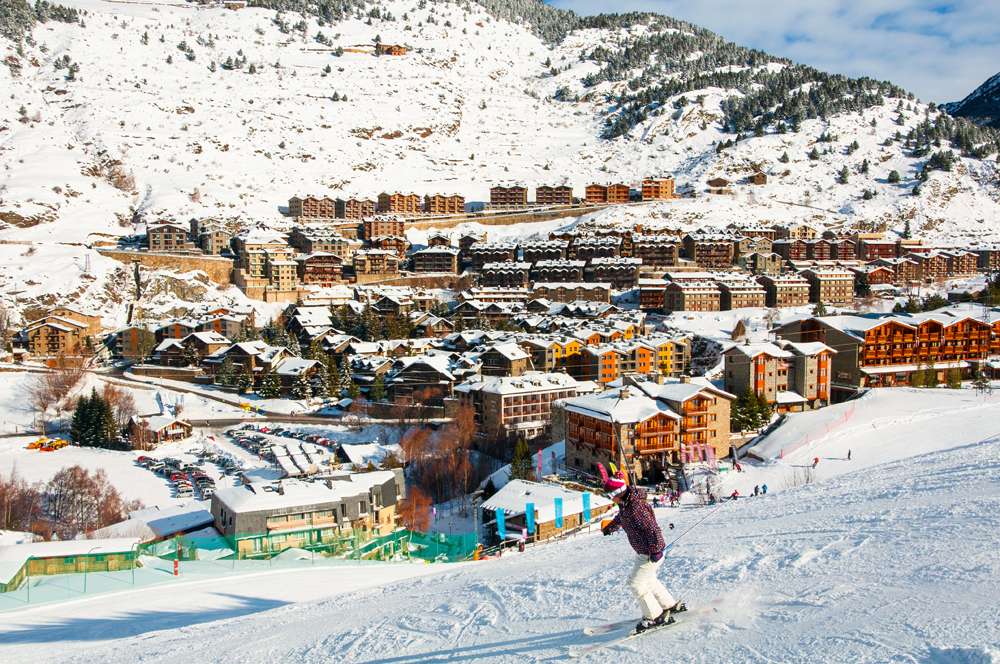
A popular summer pastime in Andorra is hiking. One of the best places to go exploring nature is Siscaro Lake, where you can swim and enjoy amazing views. Vallnord Mountain Park is perfect for those who like mountain biking and a bit more extreme hiking. Grandvalira in summer on Andorra vacations is just as charming as in the winter.
Romanesque art and architecture are important in Andorra. Over 40 churches dating back to medieval times can be explored. The Church of Sant Climent de Pal is one of the oldest churches in Andorra and you can visit it as you also pay a visit to the Romanesque Andorra Interpretation Centre which is nearby. The church dates back to the 11th century and has a three-storey bell tower with coloured glass windows. The Church of Sant Miquel d’Engolasters is one of the most authentic Romanesque churches in Andorra and is well-known for its paintings and sculptural decorations.
The capital, Andorra La Vella is a town with a split personality. One part is very commercial with many shops to distract you, and the other is older and historical with a number of interesting churches. The whole town is very easy to walk around. The Town Square is a surprisingly peaceful place with a panoramic view of the Valley of Andorra.
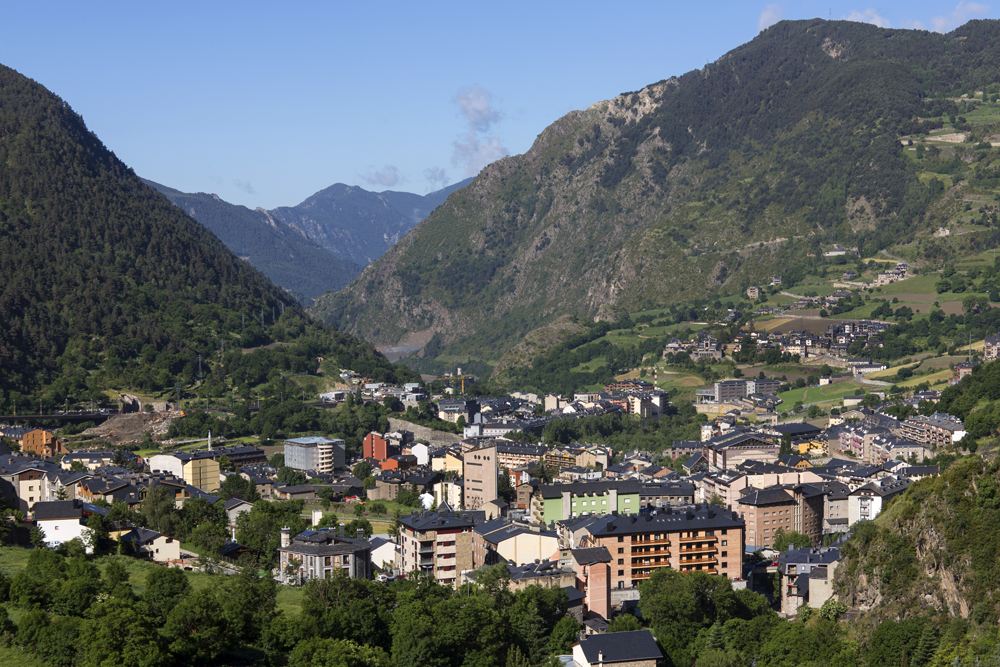
Faroe Islands
What comes to mind when the Faroe Islands are mentioned? Possibly that it is a cold destination. This is not true as, like Iceland, it is tempered by the Gulf Stream. Located roughly halfway between Norway and Iceland, the Faroe Islands are made up of 18 rocky, volcanic islands in the North Atlantic. The total population of the Faroe Islands is only about 50,000 who speak Faroese (which is close to Icelandic). The sheep here outnumber the humans by 2 to 1, so think, a good place to purchase wool sweaters! The Faroe Islands has some of the most stunning scenery anywhere and this is definitely its number one attraction with its dramatic cliffs, crashing waves, green mountains, powerful waterfalls, and colourful little villages. The Faroe Islands are far north enough to see the Northern Lights, weather permitting of course. The best time for viewing is from September to March or even April.
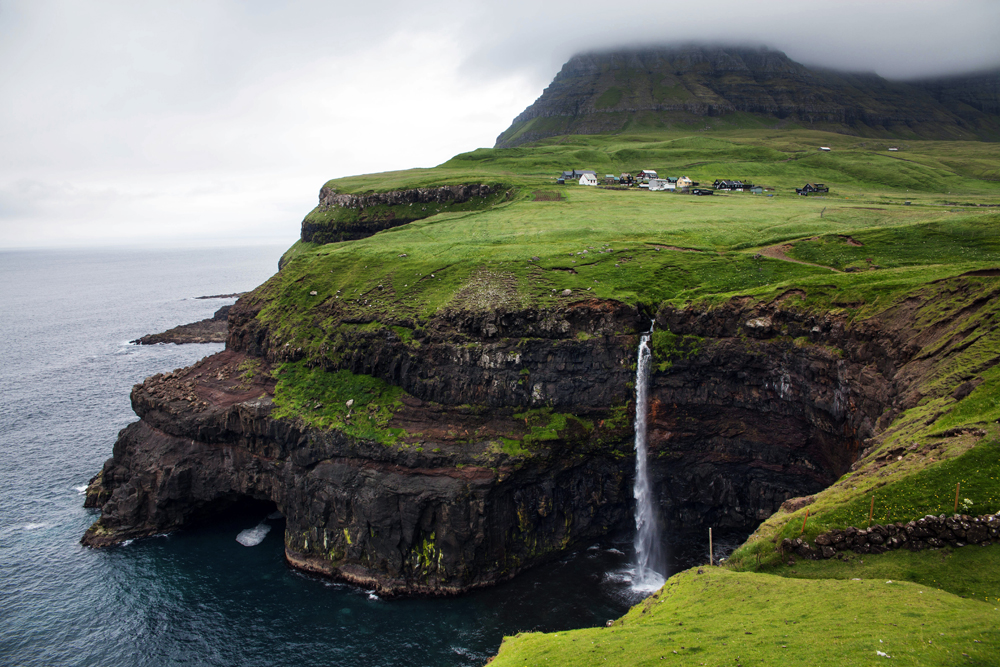
The Faroe Islands are a bird watcher’s paradise. The island of Mykines is only a 45-minute ferry ride from the island of Vagar and, in the summer, the entire island is covered with birds, including thousands of puffins. You can spy them stepping into their burrows where the young ones are waiting for fresh food carried by parents in their beak. From early May to late August, on a European vacation to the Faroe Islands, you will with certainty see puffins.

One of the most popular things to do is to take is a boat trip to the Vestmanna bird cliffs where rock walls rise nearly 600 metres/2000 feet above the Atlantic on Streymoy Island. You can enjoy the impressive sight of dark grottoes and thousands of birds that nest here during the summer. Another is a trip to Nordradalur, just outside of the capital, Torshavn, and the highest point in the country. It is a little village which lies in a stunning valley surrounded by steep mountains. Nearby is a viewing centre for absolutely spectacular views of towering mountains and sheer cliffs.
Torshavn is the capital and possesses 3 of the 4 sets of traffic lights in the country! You will find most hotels in the Faroe Islands are in Torshavn. All hotels are a walking distance from cafes and restaurants in the city centre. Torshavn’s two harbours are quite beautiful. Boats bob up and down in still waters. The brightly colourful buildings here are reminiscent of Nyhavn in Copenhagen, but on a much smaller scale. Take a seat in a harbourside café and watch the activity with a good cup of coffee and a slice of cake. The National Museum of the Faroe Islands has exhibitions that relate the natural and cultural history of the Faroe Islands – from the Viking Ages and the Middle Ages. Displays include rocks and minerals, birds, plants and fish as well as items from farming and maritime life in the Faroe Islands.
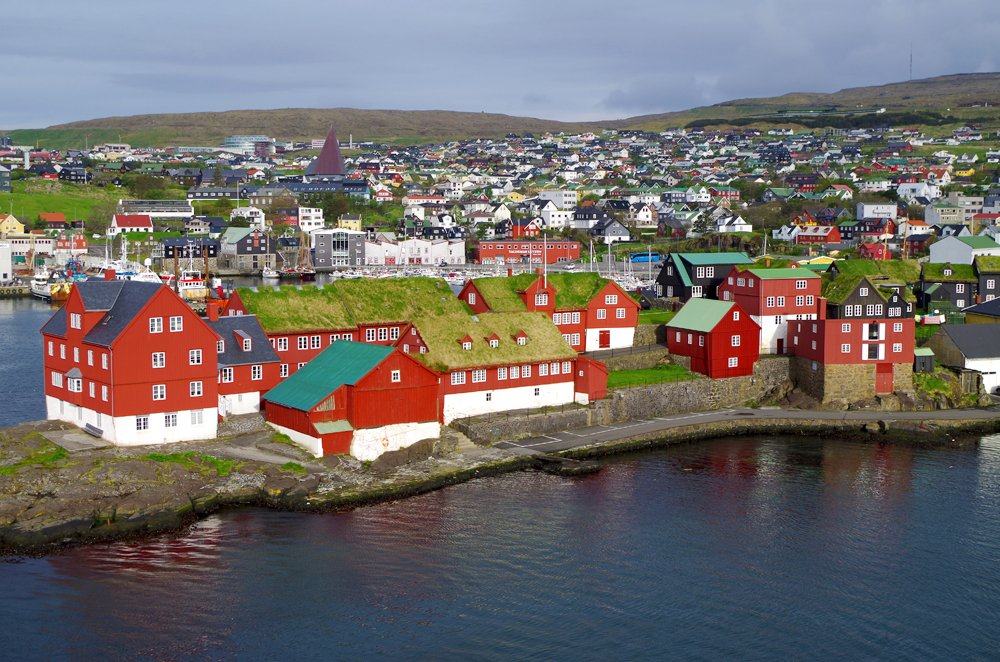
Liechtenstein
Here you have the world’s 6th smallest and Europe’s 4th smallest country. So why spend time in this place that is sandwiched between Switzerland and Austria? I could start off with three reasons such as great skiing, fantastic hiking, and aren’t you curious? Well, there’s more to Liechtenstein. As for its size, it is 25 kilometres/15 miles north to south and 12 kilometres/7 miles east to west. The Rhine River runs through it and it is flat in the west and mountainous in the east. The highest point is the Grauspitz, at 2600 metres/8450 feet. It is a principality, meaning it is ruled by the House of Liechtenstein family, one of the world’s oldest noble families, and has been a principality since 1719.
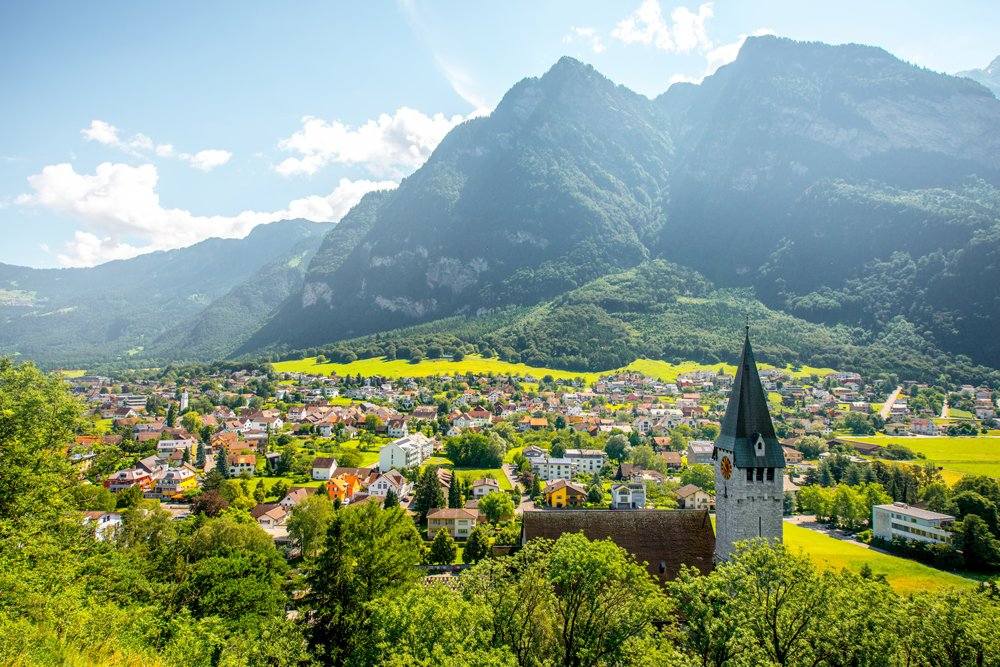
The scenery in Liechtenstein resembles that of its neighbours, but you won’t find the crowds, plus prices are somewhat less. You can, on European vacations to Liechtenstein, marvel at medieval castles, alpine vistas, and its capital, Vaduz. This city is a mix of the old and the new. Regarding the old, a prominent landmark is Vaduz Castle, located on a hill overlooking the town. It is the residence of the ruling family and is not open to visitors. There is no lack of venues to please those culturally inclined. The Kunstmuseum (Liechtenstein Museum of Fine Arts) has exhibits of modern, contemporary art as well as some exhibits from the private collection of the Prince of Liechtenstein. The National Museum is the place to visit to learn about the history of the country. Other museums include a Postage Stamp Museum and a Ski Museum.
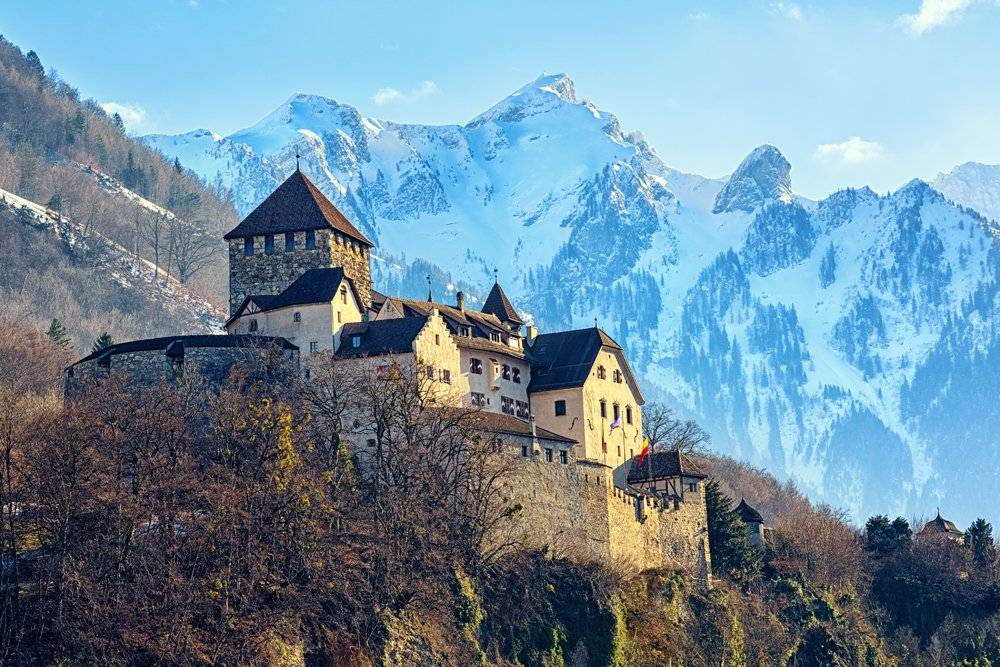
I mentioned skiing. The principal resort is Malbun which has 23 kilometres of ski runs and trails. It is not an expensive ski resort but does get busy in the winter. In the summer, it is the perfect place for hiking.
Monaco
Monaco is the second smallest country in the world after the Vatican. Once again, it is a principality and has been ruled by the House of Grimaldi since 1297. It is known to be possibly both the most expensive and the wealthiest place on earth. What struck me on my visit to Monaco is the backdrop of mountains combining with its harbour full of very large and impressive yachts, making the destination picture-postcard perfect. Its beauty is literally breathtaking. It is home to many international celebrities. To name a few, how about Novak Djokovic, Bjorn Borg, and Boris Becker of tennis fame, musically, Ringo Starr and Bono (U2), movie-wise, Leonardo DiCaprio and on and on.
The country is divided into four quarters – Monaco-Ville, Monte Carlo, La Condamine, and Fontvieille. Monaco-Ville features a medieval village atmosphere where most of the streets have no vehicular traffic. Monte Carlo, sits on a rocky promontory known as The Rock or Le Rocher and is home to the legendary casino, the ornate opera house, and many deluxe hotels plus restaurants, boutiques, and nightclubs. La Condamine in the port quarter features traditional markets, while Fontvieille is a newer residential district.
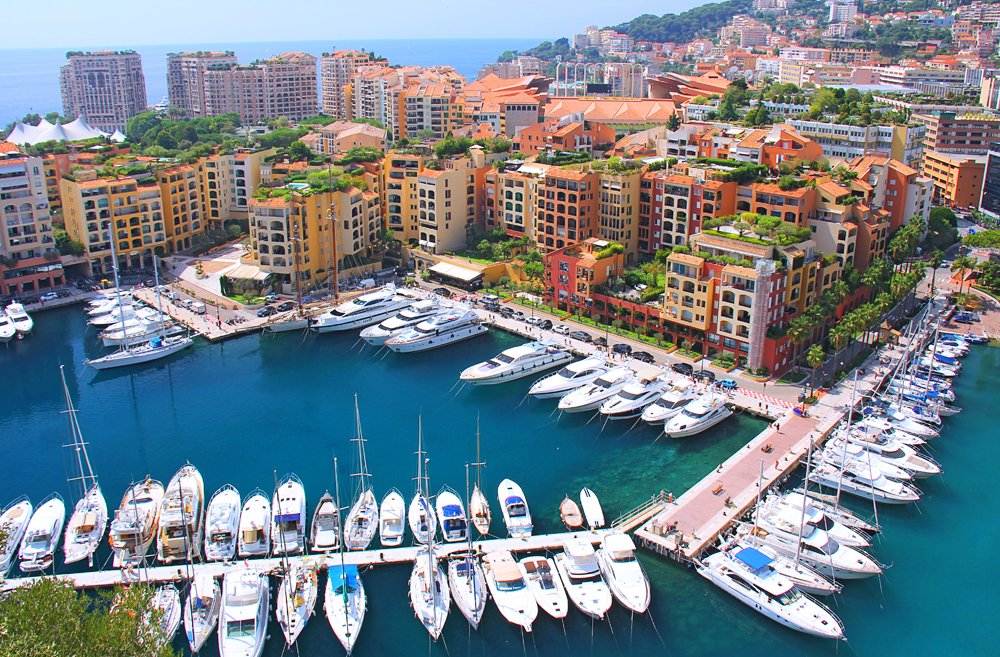
One of the major sites in Monte Carlo is the Prince’s Palace, which was built originally as a fortress on top of a promontory. It is the private residence of the ruling Grimaldi Family where every day at noon, the changing of the guard takes place. Most of the palace is private but you can visit the state apartments which contain antique furniture and priceless works of art collected by the family over centuries. Another building of note is the Oceanography Museum, dramatically located on a cliff with an aquarium with 450 different Mediterranean tropical fish. There are great views of Monte Carlo from here. Also worth visiting are the Monaco Cathedral, the Napoleon Museum, and a museum with a collection of old cars amassed by Prince Rainier with over 100 classic automobiles. The famous Formula One Grand Prix takes place here in late May when all the streets are closed for the race. The Exotic Gardens and Observation Cave is home to several thousand different plants, and Fort Francis is an 18th-century fortress, now an open-air theatre.
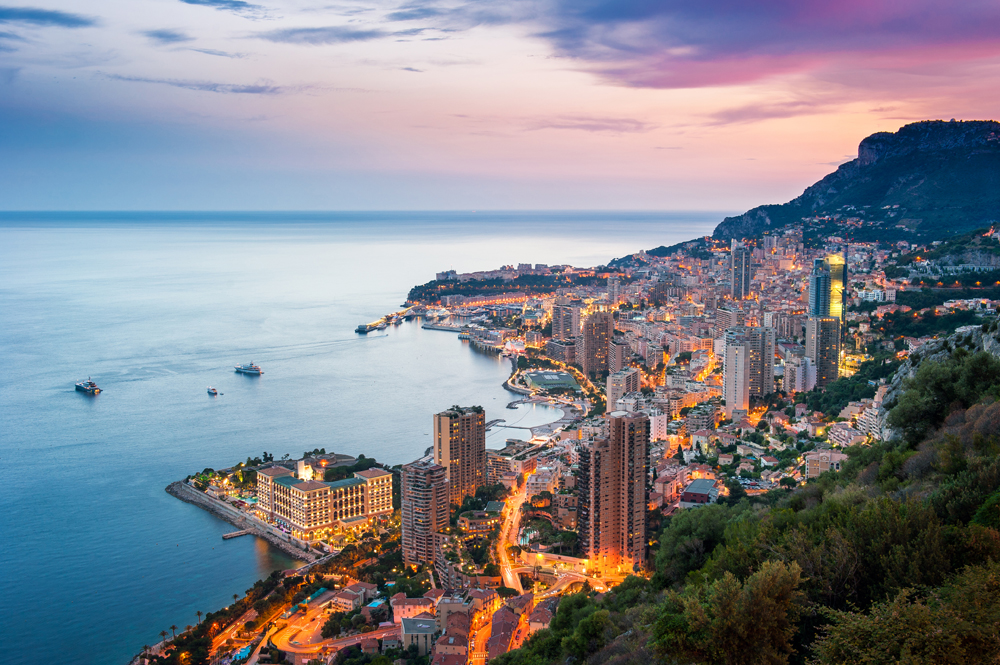
Walking is by far the best way to get around Monaco. However, there are some areas that require a large change in elevation and therefore could make for a rather strenuous hike. There are seven public escalators and elevators (all free) that help negotiate the steep slopes of the city.
Please visit www.goway.com for more European vacation ideas.
Get more travel inspiration by email.
Subscribe
0 Comments

Get the latest travel trends & hear about the best deals on vacations around the world.
If you’re a Globetrotter, these are the newsletters for you!
